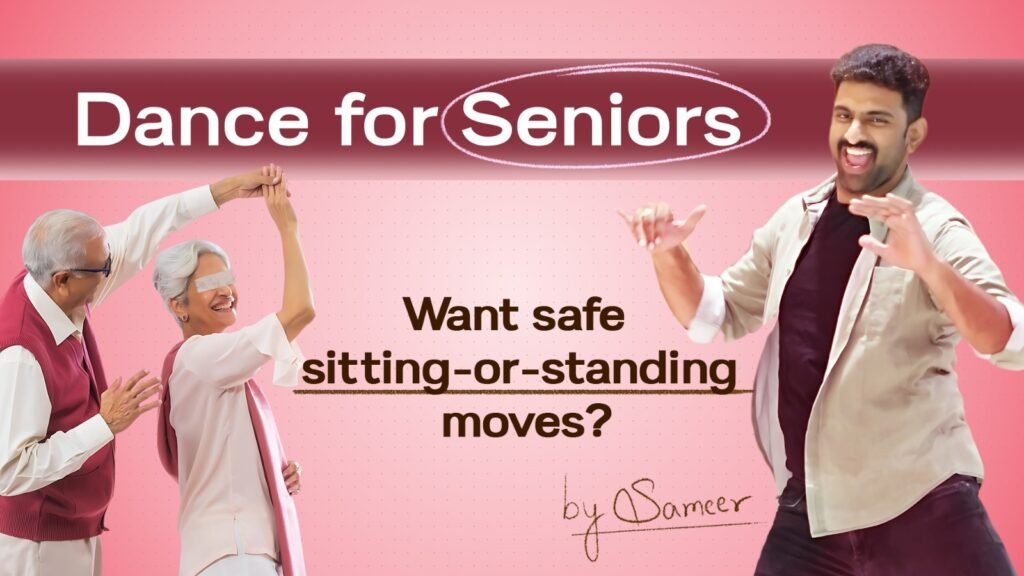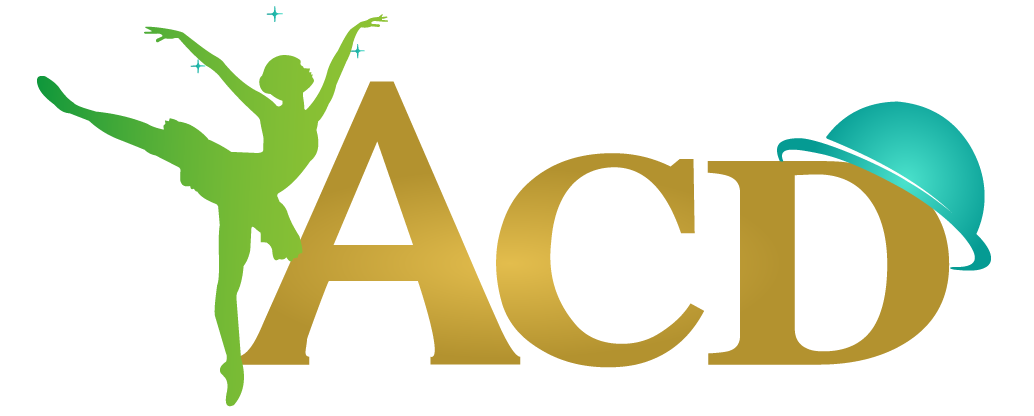
Aging is inevitable, but how we age—that’s up to us. For many senior citizens, movement becomes limited, routines become repetitive, and joy can quietly fade into the background. But here’s a beautiful truth: you’re never too old to dance.
As a dance coach, I’ve had the honor of working with many seniors who believed their dancing days were over—until they rediscovered movement in a way that felt safe, fun, and energizing. Dance doesn’t just move the body; it moves the soul. It lifts the mood, sharpens the mind, and strengthens the body.
In this blog post, I’ll guide you through a 3-step framework designed especially for seniors. Whether you’re 60 or 90, this approach is about reclaiming vitality, one gentle rhythm at a time. Let’s dance through the golden years with grace and joy.
Why Dance is the Perfect Exercise for Seniors
Dance is more than exercise—it’s an emotional, mental, and physical booster. And for seniors, it’s one of the most beneficial, low-impact activities out there.
Benefits of dancing for older adults:
– Improves balance and coordination, reducing fall risk
– Enhances cardiovascular health
– Increases flexibility and joint mobility
– Strengthens muscles and bones
– Boosts memory and cognitive function
– Lifts mood and reduces anxiety or depression
– Encourages social interaction and emotional connection
Best of all? It doesn’t feel like a chore. It feels like celebration. And that’s what makes it sustainable.
The 3-Step Framework: GENTLE – GROOVE – GROW
Step 1: GENTLE – Start with Safety & Self-Connection
The first step for seniors is to begin gently. This isn’t about dancing like you’re 20 again—it’s about moving with intention, care, and joy.
The first step for seniors is to begin gently. This isn’t about dancing like you’re 20 again—it’s about moving with intention, care, and joy.
🧘 Warm-up Routine (5–7 mins):
- Neck circles (slow and controlled)
- Shoulder rolls (forward and backward)
- Wrist and ankle rotations
- Seated toe taps or standing heel lifts
- Gentle side bends with breath
✅ Safety Tips:
- Always dance on a non-slippery surface
- Wear comfortable, supportive footwear
- Keep a chair nearby for balance support
- Stay hydrated and never push into pain
🎵 Use soft instrumental or golden oldies for warm-up. Let the music calm your nerves and awaken your joy.
Step 2: GROOVE – Dance with Energy, Joy & Control
Once warmed up, it’s time to groove. This is where the real fun (and health benefits) begin.
💃 Best Dance Styles for Seniors:
- Bollywood basics (slow tempo)
- Waltz or ballroom steps
- Line dancing
- Lyrical or expressive slow dance
- Seated dancing (if mobility is limited)
🎶 Music: Pick songs that bring back happy memories. Music from the 60s, 70s, or 80s can boost mood and make the body move naturally.
🕺 Sample Groove Routine (15–25 mins):
- Step-touch side to side with claps (3 mins)
- March in place with arm swings (3 mins)
- Hip sways with shoulder rolls (3 mins)
- Seated arm choreography (if standing is tiring) (3–5 mins)
- Freestyle or follow-along to a guided routine (10 mins)
💡 Tip: Move at your own pace. Take breaks every 5–7 minutes. Dancing isn’t a race—it’s a rhythm you own.
Step 3: GROW – Build Consistency, Confidence & Community
The final step is to build a routine that grows with you—not only physically, but emotionally and socially.
Here’s how to turn dance into a lifestyle:
✅ Schedule “Dance Time” 3–5 times a week
✅ Join a community class (online or offline)
✅ Track your progress—energy, mood, flexibility
✅ Invite your spouse, grandchild, or friend to dance with you
✅ Celebrate small victories—every extra step is progress
🧠 Brain + Heart Health Bonus:
Dancing has been shown to improve memory and prevent cognitive decline. When you learn new steps, coordinate with music, and move in rhythm, your brain forms new connections—keeping it sharp and agile.
🌟 Inspirational Reminder:
You don’t need to move fast. You just need to move often. And each movement is a vote for your vitality.
